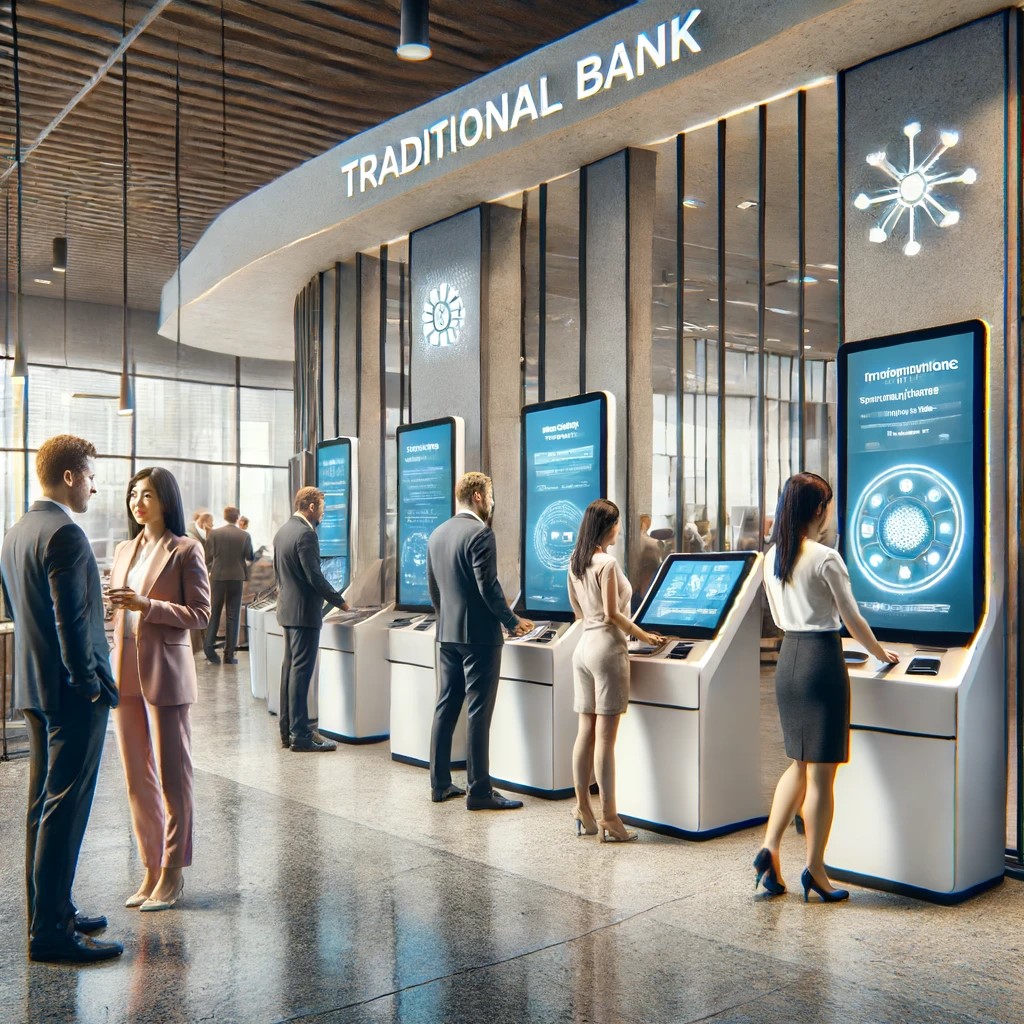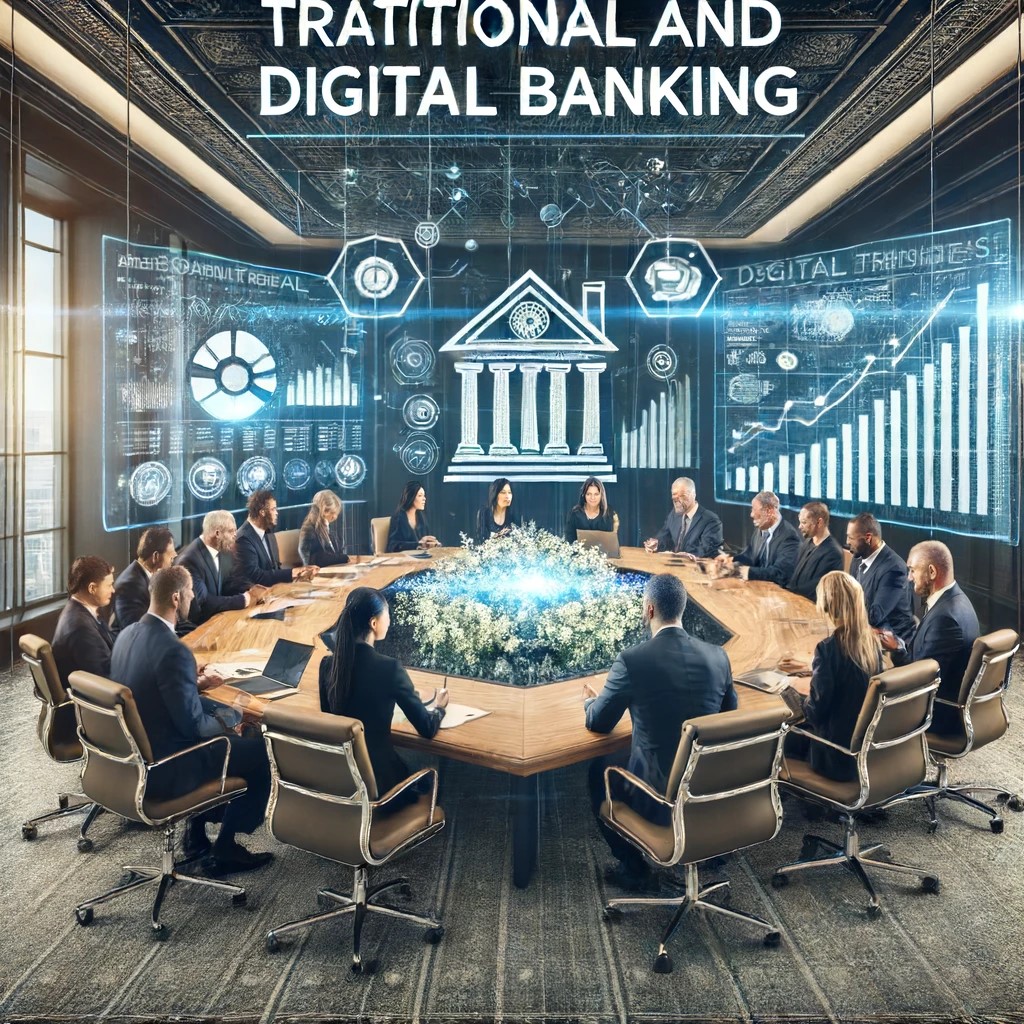The Impact of Digital Banks on Traditional Financial Institutions
The financial sector is undergoing a profound transformation, largely driven by the emergence of digital banks. These fintech-driven entities are reshaping the landscape of traditional banking, introducing innovations that challenge conventional models and expectations. This article explores the impact of digital banks on traditional financial institutions, examining current trends and making predictions about future developments.

Current Trends Influencing Traditional Banking
1. Customer Expectations:
Digital banks have set new standards for convenience and user experience. Customers now expect services that are not only secure and reliable but also fast and accessible from anywhere. This shift has pressured traditional banks to invest in digital technologies to enhance their online and mobile banking platforms.
2. Innovation in Services:
Digital banks often focus on specific niche markets or services, offering highly tailored products that appeal to specific consumer segments, such as freelancers, startups, or tech-savvy individuals. This specialization has forced traditional banks to reconsider their product lines and innovate to retain their customer base.

Predictions for Future Developments
1. Increased Collaboration:
As digital banks continue to grow, traditional banks will likely seek more collaborative partnerships rather than compete directly. These partnerships might involve shared technology platforms, product offerings, or customer service solutions, allowing traditional banks to leverage the agility of digital banks while providing the security and trust they have established over decades.
2. Regulatory Evolution:
Regulators are starting to catch up with the rapid pace of financial technology. Future regulations will likely aim to level the playing field between digital and traditional banks by enforcing stricter standards on cybersecurity, consumer protection, and financial stability for digital banks. This could result in a more standardized approach to financial services, benefiting consumers.
3. Technological Integration:
Traditional banks are expected to further integrate advanced technologies such as artificial intelligence, blockchain, and predictive analytics into their operations. This integration will enhance customer personalization, improve risk management, and increase operational efficiency. Digital banks will continue to be pioneers, pushing the envelope on what these technologies can achieve in finance.
4. Focus on Sustainability:
Both digital and traditional banks will likely place a greater emphasis on sustainability. This could manifest in increased financing for green initiatives and greater transparency in how financial activities impact the environment. Digital banks may lead the way with innovative green financial products, influencing traditional banks to follow suit.

Conclusion
The rise of digital banks represents both a challenge and an opportunity for traditional financial institutions. While digital banks introduce competition that can erode market share from established banks, they also push the industry towards greater innovation and efficiency. In response, traditional banks are not just adapting but are also adopting new strategies that blend the best of both worlds. The future of banking may well be a hybrid model that combines the innovative drive of digital banks with the robustness and trust of traditional institutions. This evolution promises to redefine financial services, making them more inclusive, efficient, and prepared for the challenges of the future.
(Writer:Weink)





